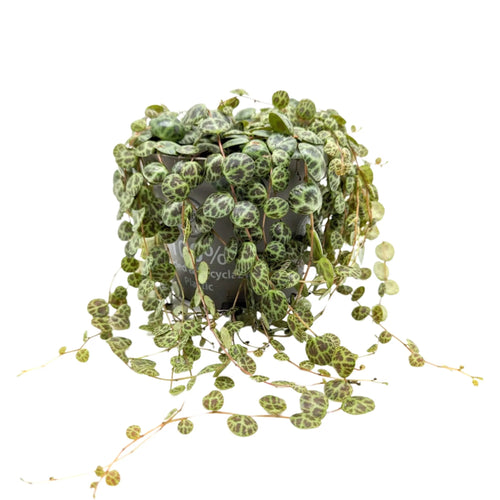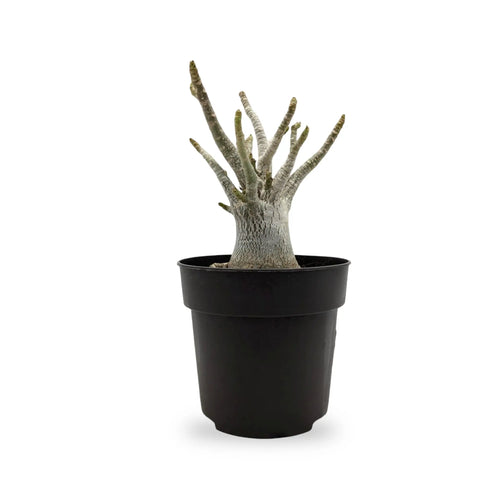As modern homes increasingly lean into open-concept designs, the need for clever ways to create structure and flow within large, uninterrupted spaces becomes essential. One of the most stylish and functional solutions? Houseplants used as room dividers. They offer not only a fresh aesthetic but also a practical way to define areas without the need for permanent partitions.
Whether you’re working with a studio apartment, a spacious living-dining combo, or just a large room that needs more definition, using houseplants to divide and organize your space is a beautiful and effective approach.
Why Use Houseplants as Room Dividers?
Houseplants are much more than decor. When thoughtfully placed, they can transform how a room looks, feels, and functions. Here are some of the biggest benefits:
1. Space Optimization
Large, open areas often lack defined zones, making them feel unfinished or chaotic. Tall or grouped plants act as living partitions, allowing you to create purposeful zones—like a cozy reading nook, home office corner, or dining area—without building walls or moving furniture.
2. Natural Privacy
In shared or multi-use spaces, plants provide a sense of privacy while maintaining a light, breathable feel. Whether you're working from home or meditating in a quiet corner, a few well-placed leafy companions can provide visual separation without cutting off light or air.
3. Better Air Quality
Many indoor plants naturally purify the air, filtering out toxins and improving humidity. This means your space isn’t just more organized—it’s also healthier.
4. Stress Relief and Calm
Numerous studies show that being around greenery helps reduce stress and promotes calm. Using houseplants as dividers adds a natural serenity to your home, especially in high-activity zones like kitchens and living rooms.
5. Flexible and Reversible
Unlike walls or heavy furniture, plants are easy to move, rearrange, or swap. You can refresh your space as needed—seasonally or when your lifestyle changes—without any major remodeling.
Choosing the Right Plants
Not every plant is suited for room division. The key is to choose ones that match your home’s light levels, maintenance commitment, and the visual effect you want to create.
• Light Conditions
Know where the light comes in and how strong it is. For bright spaces, options like fiddle leaf figs, palms, or monstera work well. In lower-light areas, go for snake plants, ZZ plants, or pothos.
• Height and Density
If you're trying to mimic the effect of a wall, choose tall or full plants. Bamboo palms, dracaenas, and rubber plants are great options. For a lighter divider, mix trailing varieties like philodendron or string of hearts on shelves or plant stands.
• Maintenance Level
Choose plants that match your routine. If you’re a low-maintenance plant parent, opt for hardy types like peace lilies, aglaonema, or cast iron plants. Busy lifestyle? Go for drought-tolerant varieties.
• Pet-Friendly Choices
If you have pets, make sure the plants you choose are non-toxic to cats and dogs. Calatheas, areca palms, and prayer plants are safe options.
Design Tips for Plant Room Dividers
Now that you know the benefits and best plant options, let’s dive into how to actually style and set them up for the most impact.
1. Create a Flow
Position your plant divider in a way that doesn’t block natural walkways. Think of how you move through the space. The divider should guide movement, not obstruct it.
2. Use Staggered Heights
To avoid a flat or rigid wall-like look, group plants of varied heights and shapes. Taller plants in the back, medium-height in the center, and short trailing plants up front create depth and visual interest.
3. Try Multi-Level Arrangements
Don’t rely on the floor alone. Use bookshelves, tiered stands, hanging planters, or even mounted wall troughs to layer plants vertically. This also allows you to divide space without sacrificing square footage.
4. Add Lighting
Incorporate floor lamps, wall sconces, or soft string lighting around your plant divider. Not only does this highlight their beauty, but it also adds warmth and ambience in the evenings.
5. Use Decorative Containers
The pots and stands you use matter. Matching containers can create a unified look, while mixed textures and materials add an eclectic, styled vibe. Opt for baskets, ceramics, or minimalist planters to suit your aesthetic.
Ideas for Every Space
Depending on the layout of your home, here are some quick ways to use houseplants to define different zones:
Living Room to Dining Room: Place tall plants like bird of paradise or fiddle leaf fig along the invisible “border” between your living and dining areas to signal the transition.
Bedroom Work Nook: Carve out a mini office in your bedroom by flanking your desk with tall snake plants or placing a trailing pothos on a shelf behind your chair.
Studio Apartment: Use a row of planters (on a bench or open shelving) to separate your bed from the rest of the living area.
Hallway Entryway: Define your home's entry by lining the wall with tall, narrow plants in identical pots or using a leafy cluster beside the coat rack.
Keeping Your Divider Healthy
A room divider made from plants needs care to stay lush and attractive. Here are some quick care reminders:
Water consistently based on each plant’s needs—grouping plants with similar watering schedules helps.
Dust the leaves regularly to keep them breathing well and looking their best.
Rotate the plants occasionally so all sides get light.
Prune and remove dead leaves to keep the arrangement tidy.
With just a little regular attention, your plant divider will continue to grow and thrive for years to come.
Final Thoughts
Using houseplants to divide and define open spaces is a smart, stylish, and wellness-friendly way to enhance your home. Whether you're trying to bring function to a large open floor plan or simply need a bit of privacy in a shared space, greenery provides a natural, beautiful solution.
By selecting the right plants, arranging them thoughtfully, and adding complementary touches like lighting and containers, you can create a space that feels intentional, cozy, and uniquely yours. Let your plants be more than decoration—let them shape the way you live.










